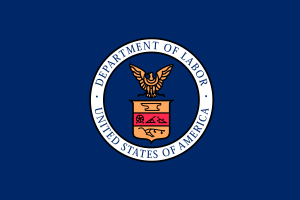It seems as if the words “fiscal cliff” can be seen everywhere. For most Americans, the impending tax increases and spending cuts are something over which to lose sleep, but tax uncertainty is fueling major growth for the donor advised fund (DAF) of San Francisco, Calif.-based Schwab Charitable. Between July and October 2012, Schwab Charitable saw its total contributions increase by $188 million, or 74 percent, compared to the same period in 2011.
Schwab Charitable President Kim Laughton said the number one issue for her account holders is the possible estate exclusion reduction. Currently, up to $5 million is excluded from the estate tax. That number could drop to $1 million next year. “People who have between $1 million and $5 million in net worth are faced with a situation where they’re trying to make sure to give as much to their heirs tax-free,” said Laughton. “Doing that before next year makes sense.”
Account sizes range from $5,000 to $500 million, and Schwab Charitable’s total assets under management through the first two quarters of 2012 stood at $3.16 billion. Laughton said the increases in contributions are all across the board but especially “at the lower end because a DAF is such a convenient tool to use (for donations), much more than writing checks and keeping track of receipts,” she said. “As long as you have $5,000 to open an account, (a DAF is) accessible to everyone.
Laughton expects a similar increase for the remainder of 2012. Like the charitable organizations its account holders support, Schwab Charitable sees most of its contributions, about 60 percent, between Thanksgiving and Christmas. “We’re hoping to see similar growth levels” through the end of the year, said Laughton.
Besides reducing their estate burden, Laughton outlined four other possible reasons for account holders stepping up their contributions.
- Donors want to give gifts of appreciated stock to avoid capital gains taxes. Since 2003 the capital gains tax rate has been 15 percent, but it will jump to 20 percent in the new year if lawmakers allow the economy to careen off the fiscal cliff.
- Donors want to lock in their maximum tax deductions. President Obama has in the past proposed lowering the charitable tax deduction to 28 percent from 35 percent in his second term as a way to shore up the federal deficit.
- Donors want to reduce their income tax when converting a traditional IRA to a Roth IRA. “Charitable giving can help to offset the taxes resulting from such a conversion,” said Laughton in a statement.
- Donors want to enable tax-free growth of assets. Assets that grow while in a DAF are not subject to capital gains taxes.
One thing Laughton’s account holders are not worried about is donor fatigue in relation to Super Storm Sandy. “In the past, we’ve found disaster giving is generally not at the expense of other giving,” said Laughton. “People tend to give a certain amount, and then go above and beyond” when a disaster hits, she said, and she expects Sandy to have little effect on giving for the rest of the year.
“The nice thing about donor advised funds is they’re a ready source of funds to give,” said Laughton. “You don’t have to put aside extra money from your bank account. Giving from DAFs has gone up even in recessions and times of natural disasters.”











